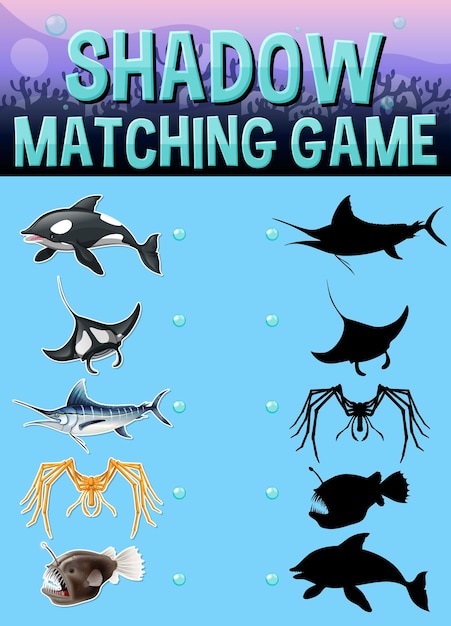Discover Fun Facts About Great White Sharks for Kids

The great white shark is known as the ocean’s apex predator.
Great white sharks are found in oceans all around the world.
These sharks can grow up to 20 feet long.
Great whites have a strong sense of smell, which helps them find their prey.
Despite their large size, great whites can swim at speeds of up to 35 miles per hour.
These sharks have over 300 serrated teeth, perfect for catching and tearing their prey.
Great whites have a unique hunting strategy called breaching, where they jump out of the water to catch their prey by surprise.
These sharks are known for their incredible strength, which allows them to overpower even larger marine animals.
Great whites have the ability to regulate their body temperature, allowing them to survive in various ocean temperatures.
Despite their fearsome reputation, great whites do not typically target humans as prey.
Female great whites are usually larger than males.
These sharks have an excellent camouflage system, making them difficult to spot in the water.
Great whites have been around for over 16 million years.
Sharks do not have bones; their skeletons are made entirely of cartilage.
Great whites have multiple rows of teeth, and they lose and replace thousands of teeth throughout their lifetime.
A great white shark can go up to three months without eating.
These sharks are excellent swimmers and can swim continuously for long distances.
Discover Fun Facts About Great White Sharks for Kids part 2
Great whites have a powerful jaw that can exert up to two tons of pressure.
These sharks have a lifespan of up to 70 years.
Great whites have a complex social structure and can communicate with each other through body language and vocalizations.
Sharks play a crucial role in maintaining a balanced ocean ecosystem by keeping populations of marine animals in check.
Great whites have a unique sixth sense called electroreception, which allows them to detect the electrical impulses of their prey.
These sharks have a layer of oil in their liver, providing buoyancy.
Great whites are capable of jumping up to ten feet out of the water.
Sharks are excellent problem solvers and can learn from their experiences.
Great whites are solitary animals, usually only coming together for mating purposes.
These sharks have excellent eyesight, allowing them to see in low light conditions.
Great whites have a reputation for being curious and will often investigate new objects in their environment.
Baby great white sharks are known as pups and are usually around 5 feet long at birth.
Sharks have been around longer than dinosaurs.
Great white sharks are not picky eaters and will consume anything from seals to fish to dolphins.
Sharks have a special layer on their skin called dermal denticles, which helps reduce drag when swimming.
Great whites have a hunting behavior known as spy-hopping, where they lift their heads out of the water to get a better view above the surface.
These sharks have an incredible sense of hearing, allowing them to detect sounds from miles away.
Great whites can detect one drop of blood in 25 gallons of water.
Sharks have rows of teeth that rotate into place when one is lost.
Great white sharks are named after the color of their belly, which is white.
These sharks have a territory that can span hundreds of miles.
Great whites have a unique hunting technique where they bite their prey and then wait for it to bleed out before consuming it.
Sharks have been around for over 450 million years.
Great whites are one of the fastest swimming sharks, capable of bursts of speed when chasing prey.
These sharks have excellent memory and can remember specific feeding grounds.
Great whites are highly adaptable and can survive in a range of water temperatures.
The great white shark has inspired many movies, books, and documentaries, capturing people’s fascination with these incredible creatures.
Sharks are vital to the health of our oceans, and it is important to protect and conserve their populations.

